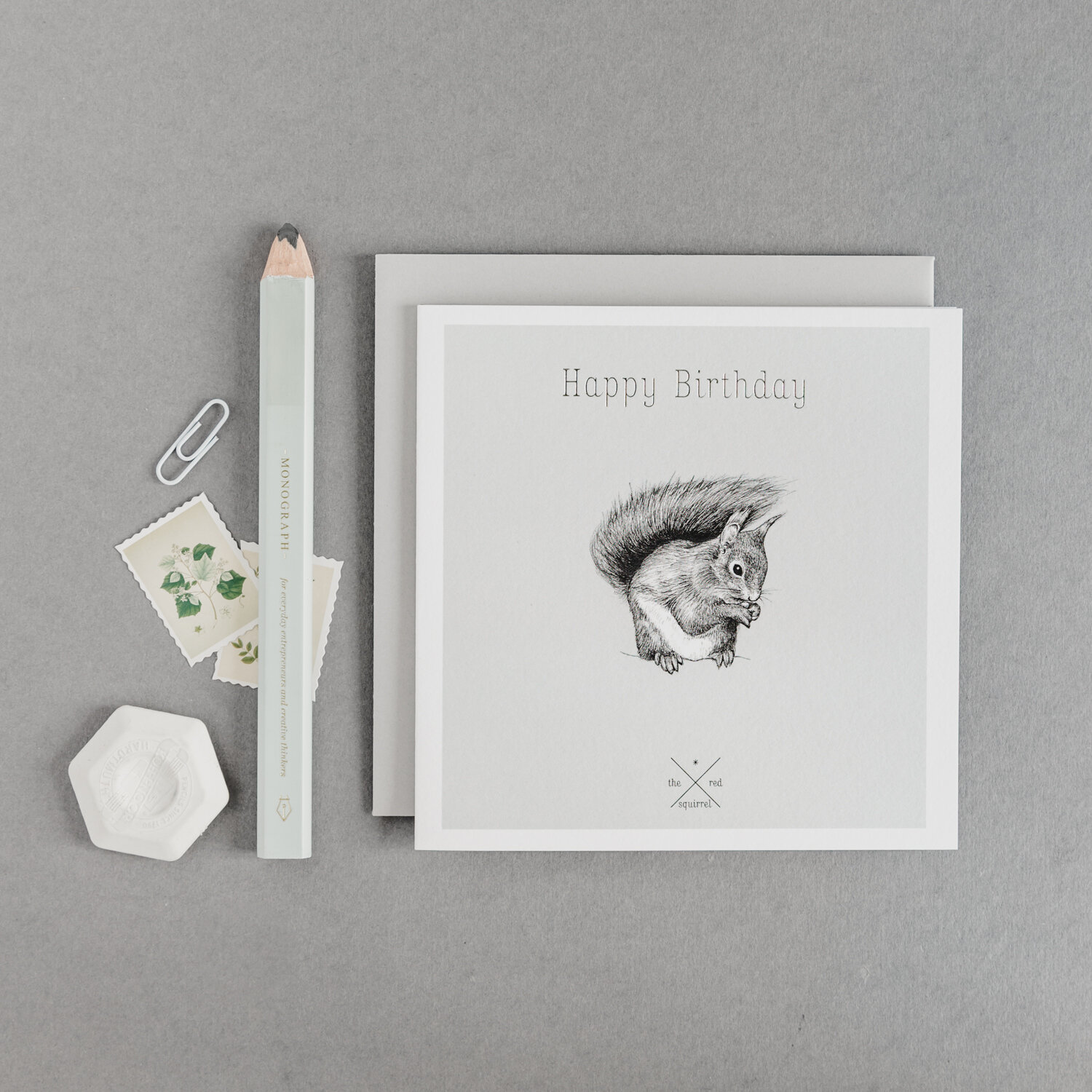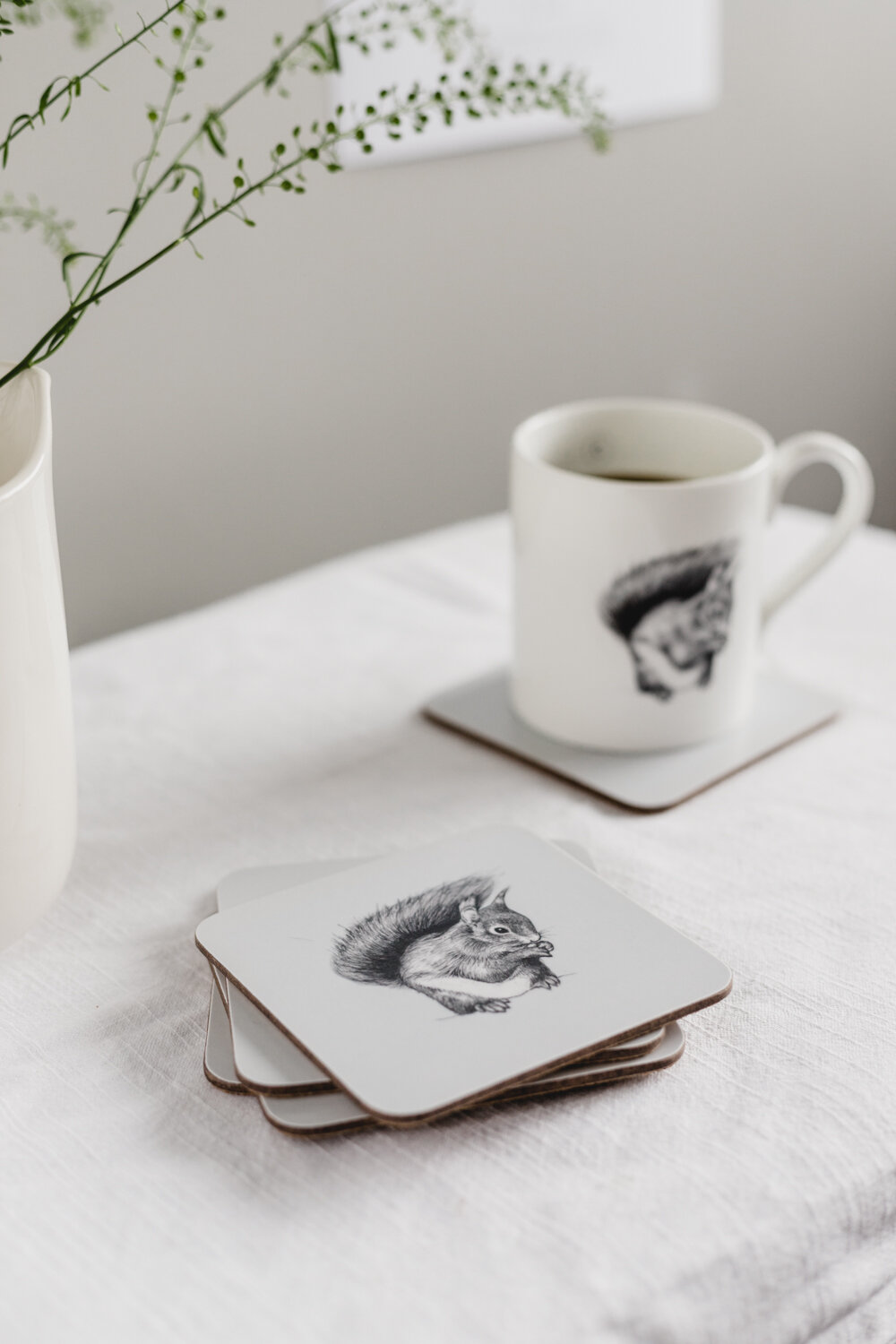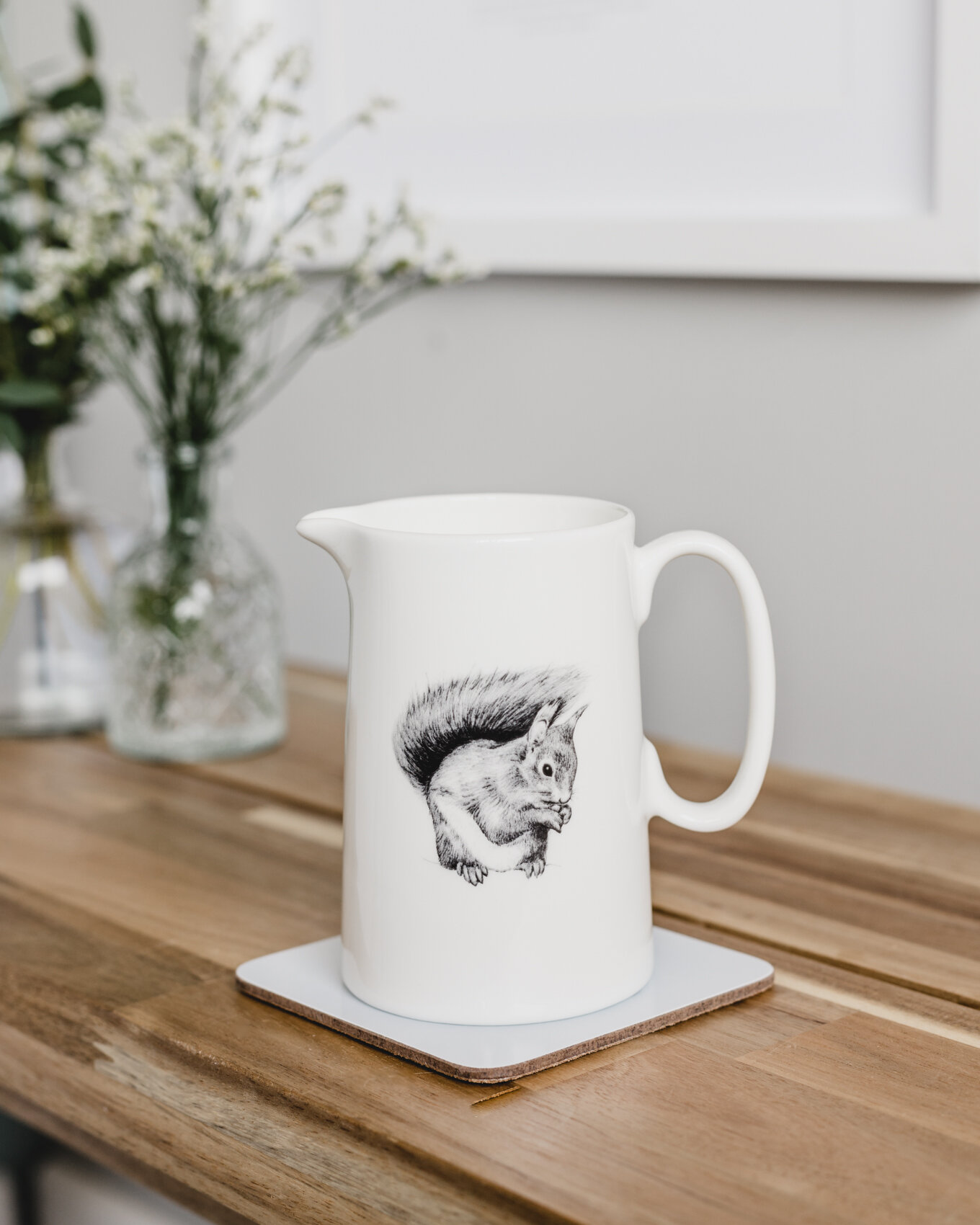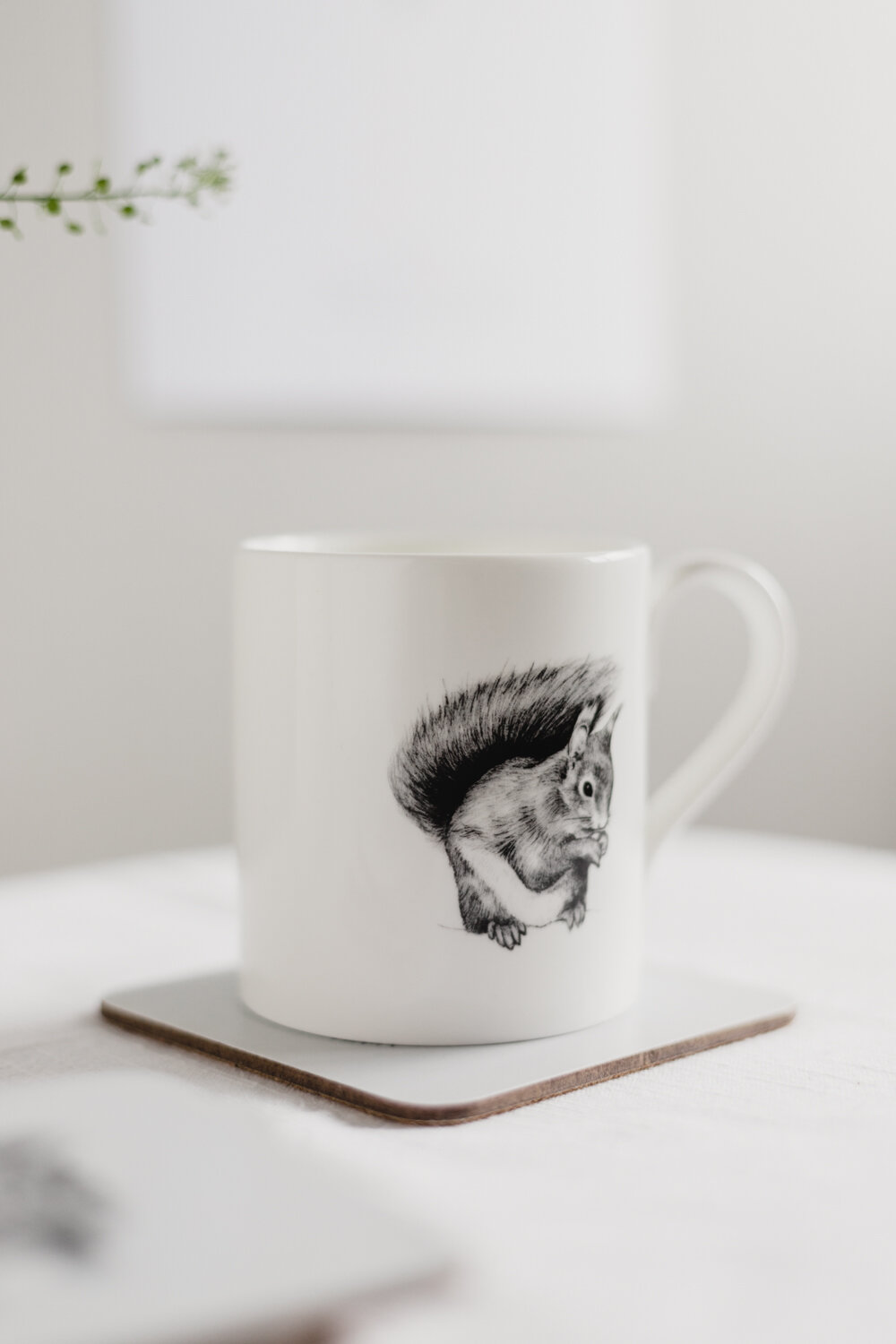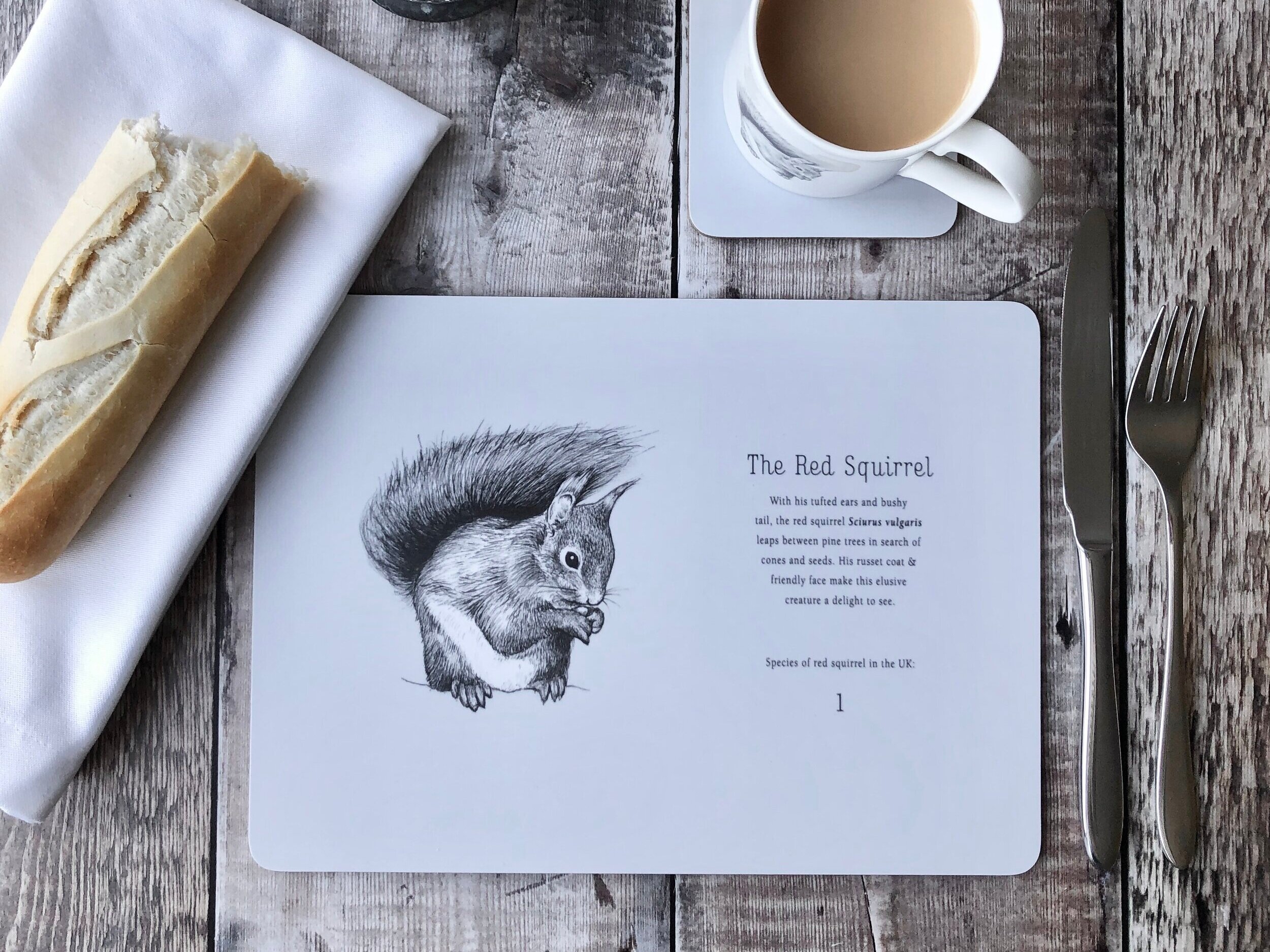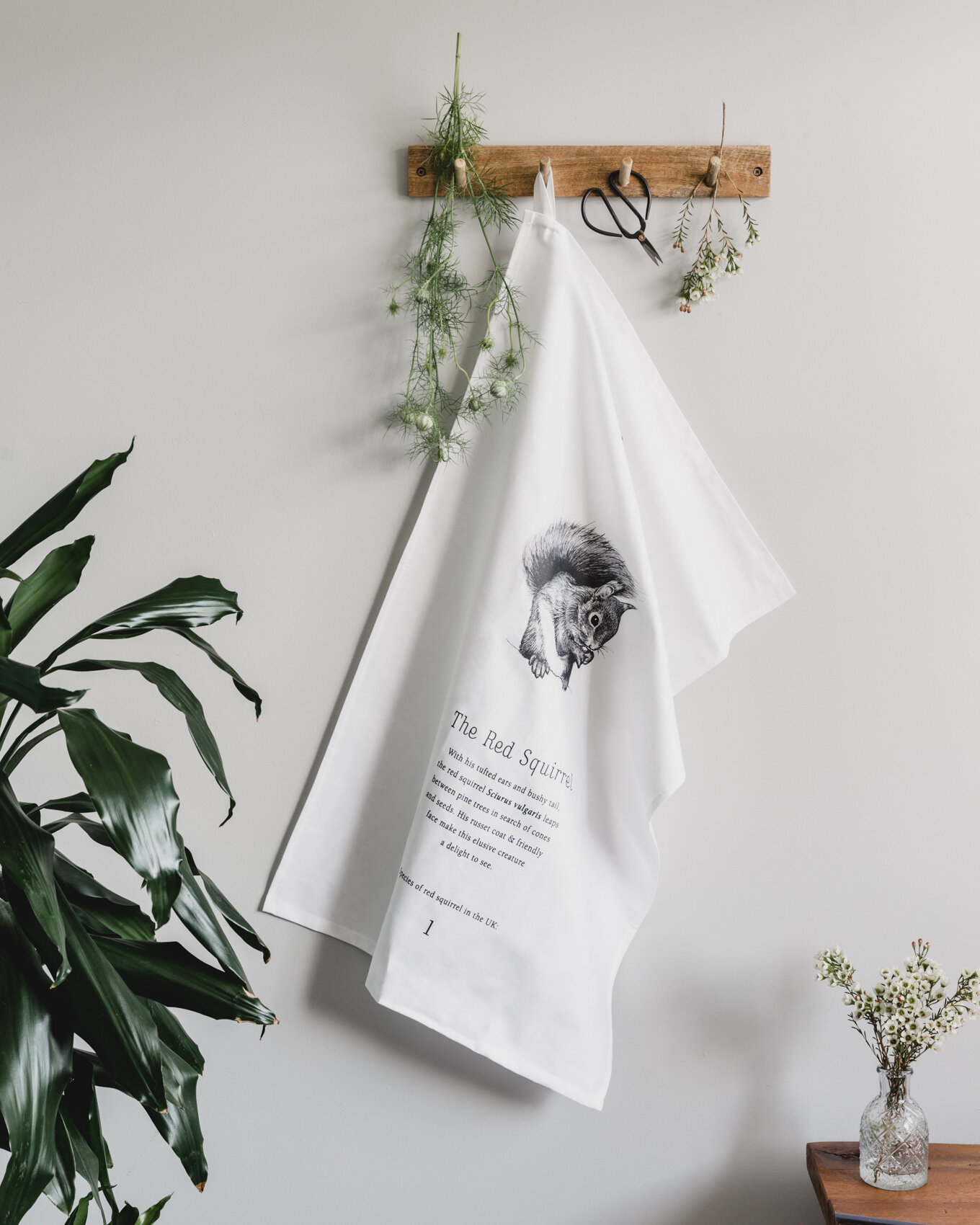By nature writer, artist and photographer, Chloé Valerie Harmsworth .
Sometimes it feels like there is less to see in the natural world in autumn and winter. Although we are treated to a short but stunning display of vibrant yellows, reds and oranges before the leaves fall from the trees, many of our native birds have flown away to warmer climes, the butterflies have disappeared, the wildflowers are few and far between, and much of the remaining wildlife is tucked away in hibernation. On top of that, people might be feeling less sociable too (not helped by the current coronavirus situation, of course) and the weather is more often grey and wet, meaning that these seasons can seem rather cheerless.
If you feel this way and have some extra time on your hands, I suggest going for an entertaining (and educational) fungi walk. Right now, the intriguing fruiting bodies of the underground mycelia are more abundant and easier to find than at other times of the year. By carefully looking for these strange but beautiful beings, you will find treasures that take your thoughts away from large worries looming over you, and enjoy many precious moments of mindfulness. I’ve found it really helpful recently, and I hope you will too. To get you started, I’ve described some of my favourites.
Fly Agaric (Amanita muscaria)
You may not know its name, but you no doubt recognise it: the fairytale toadstool of children’s stories, including Alice in Wonderland (where she is given some to eat by the caterpillar). This ruby beauty can be found growing near birch trees and conifers, in woodlands and open spaces. The pretty white spots are the remnants of the torn-apart skin that originally covered the toadstool when it was just a small swelling coming from the ground. Although it may take you a while to find a fly agaric, once you do your heart will be gladly rewarded by the sight. If you’re lucky, you’ll find a pristine version. Otherwise, expect to see one that has been nibbled by hungry squirrels and deer. But don’t be tempted to sample it yourself – it’s toxic to us humans!
Candlesnuff Fungus (Xylaria hypoxylon)
My second-favourite fungi find so far. Happily, you’ve got a very good chance of finding candlesnuff fungus, as it is very common – you just need to keep your eyes peeled as it is very small! It can be seen growing from dead tree stumps, often through moss, and is distinguishable by its tiny forked, antler-like shapes (hence its other common name, stag’s horn fungus). It is black at the base, grey in the middle and white at the top – just like a snuffed-out candle wick! This special fungus is used in medicine for its anti-viral and tumour-fighting properties.
White Saddle (Helvella crispa)
From above, this mushroom looks more like a bundle of fleshy scraps – as if it has been damaged. However, it is supposed to look this way and, if you crouch down to view it at eye level, you will see that the upper part does slightly resemble the shape of a saddle. At this angle, you can also appreciate its unusual stem, which isn’t thick and solid as with other mushrooms, but is made up of lots of thin, stringy sections. And, in another bid to be different, it also shoots spores from the top of its cap, rather than dropping them from its underside like most other mushrooms.
Jelly Ear (Auricularia auricula-judae)
One of the more bizarre fungi to be found. Weirdly wrinkled on one side and smoother on the other, and with a jelly-like texture, this bracket fungus is shaped just like an ear! Growing in clusters up trees or across dead logs (usually on elder or beech trees), these creepy guys prove that the woods really are listening! In the past they were known as Judas’ ear, since it was believed that they represented his tormented soul after hanging himself on an elder tree, following his betrayal of Jesus.
King Alfred Cakes (Daldinia concentrica)
These black clumps, 2–10cms across, grow on dead wood – especially on ash and beech. Their name comes from the story that, while in hiding from the Vikings, King Alfred hid in a peasant woman’s house and, after being asked to look after her cakes which were baking by the fire, he fell asleep and the cakes burned. These fungi are said to look just like the charred remains of those cakes. Another interesting name for King Alfred cakes is cramp balls, as in folklore it is said that they will cure a stitch or cramp if they are carried by the sufferer. They were also used as firelighters by ancient people, a technique that goes all the way back to the Stone Age.
Dead Man’s Fingers (Xylaria polymorpha)
In a dank spot by a rotting tree, look closely. You might just discover fingers coming out of the ground! Unless you’re really unlucky, it isn’t a zombie – it is the Dead Man’s Fingers fungus. Light grey in colour with a nail-like whitish tip when young, darkening to black as they age, the fruiting bodies change shape over the course of the fungus’ lifecycle. So if you do come across them, consider going back regularly to see how they transform over time.
Final advice
I hope you enjoyed your fungi foray. Please remember to be careful about touching whatever you find, and certainly don’t try to eat them. Although some might be edible, there are many very poisonous ones that look just like the safe ones, so it’s not worth the risk! On top of that, it’s much nicer and better to leave them where they are, to continue their valuable role in the environment.
Find more from Chloé.
Although some are highly toxic to humans, red squirrels love to snack on mushrooms and toadstools! Check out our fungi-loving red squirrel range below:


